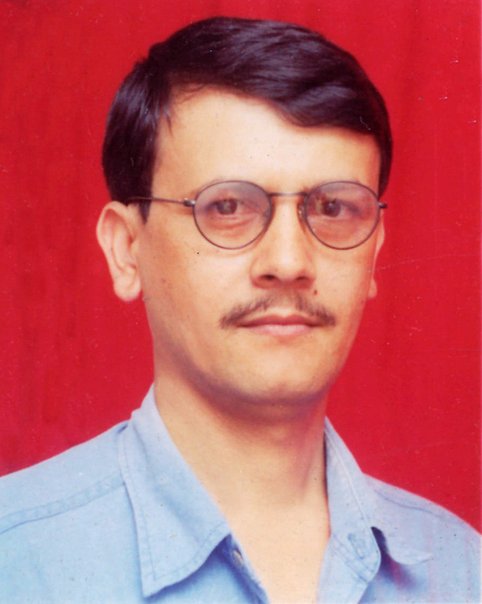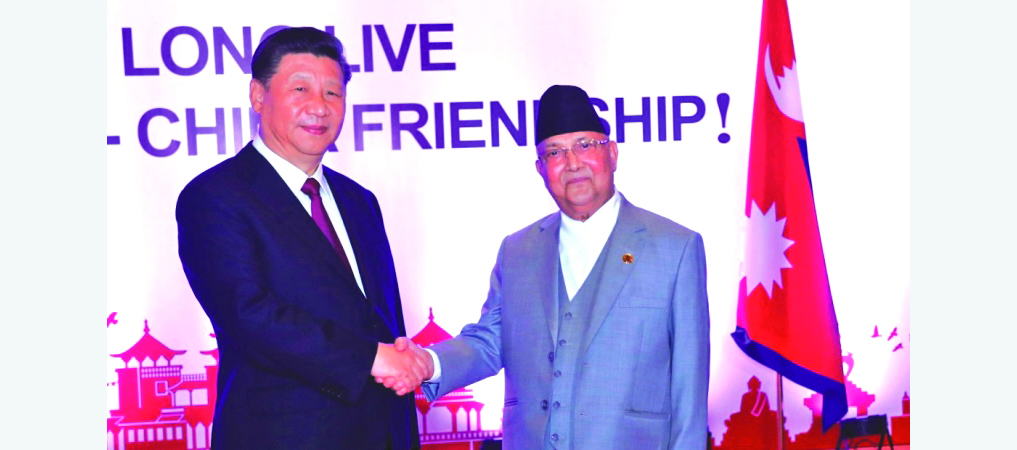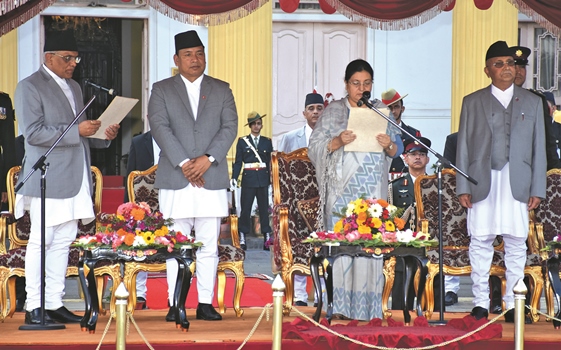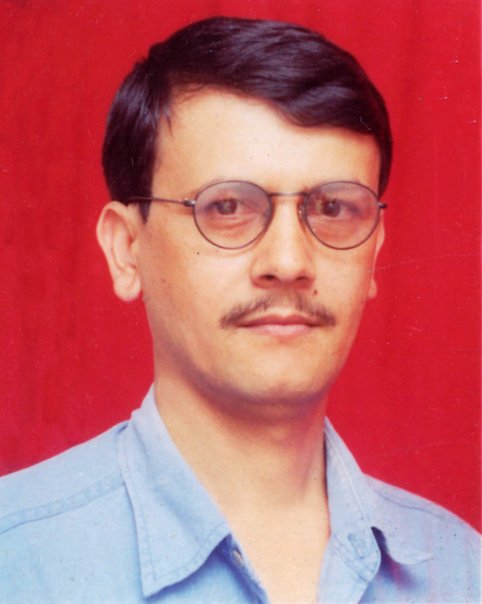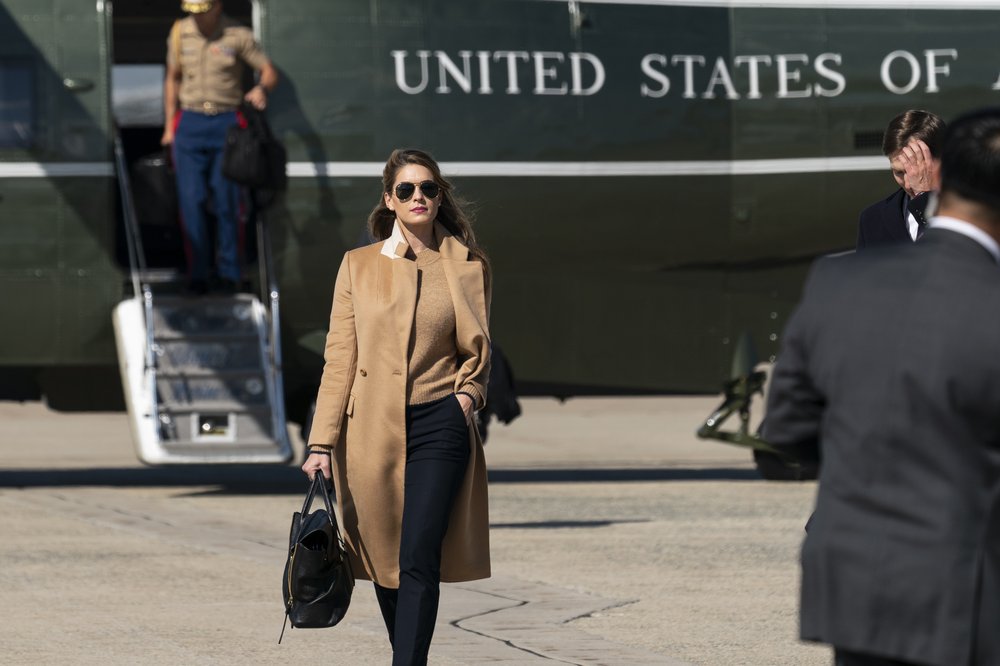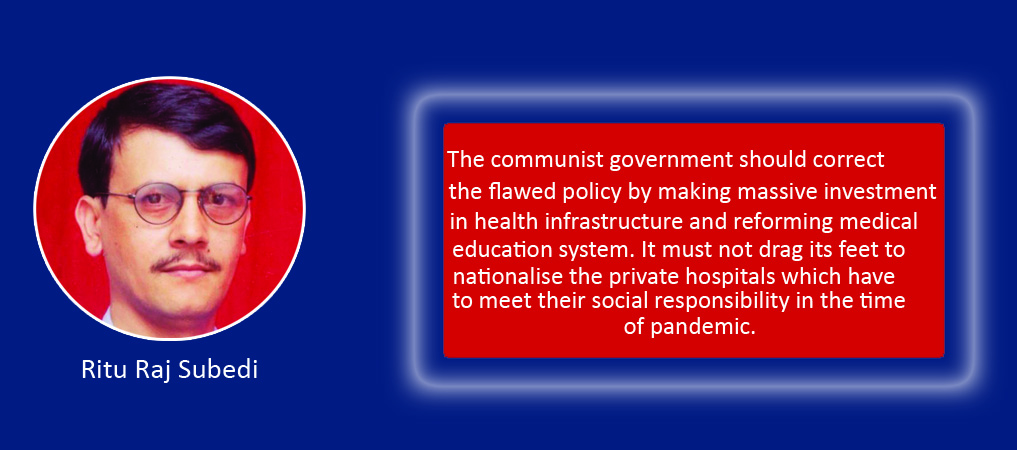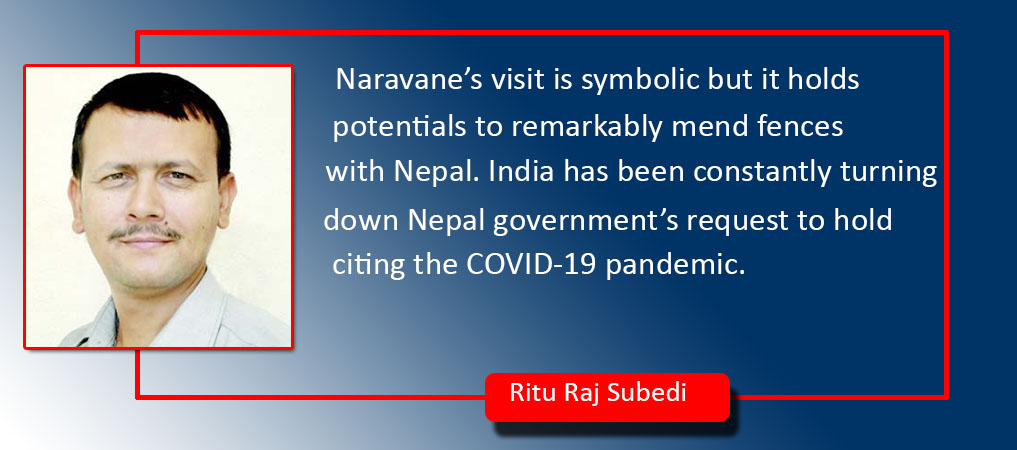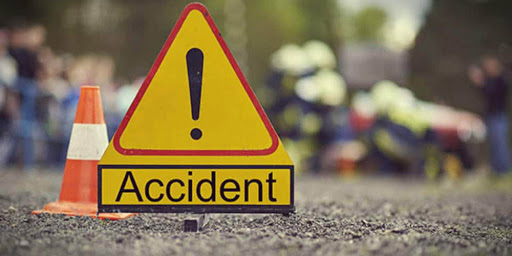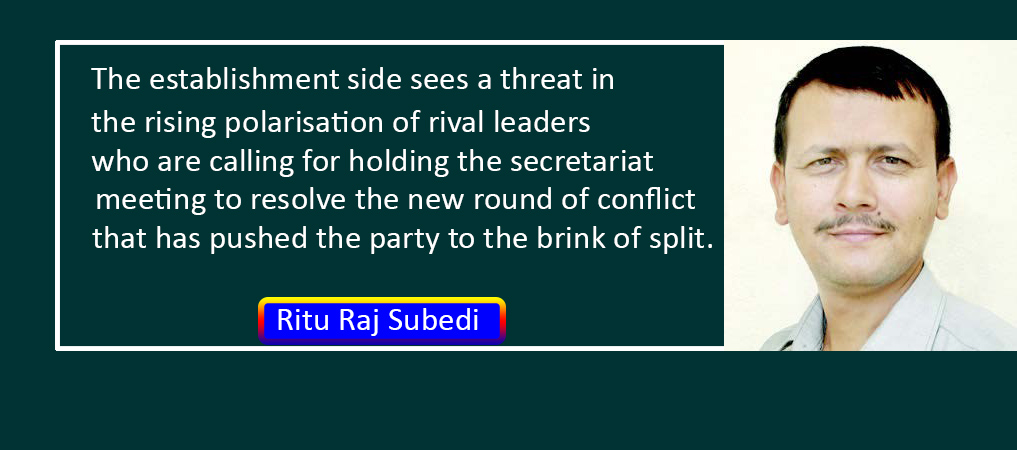The Year 2021 In Retrospect
Constitution Prevails, Pandemic Subsides
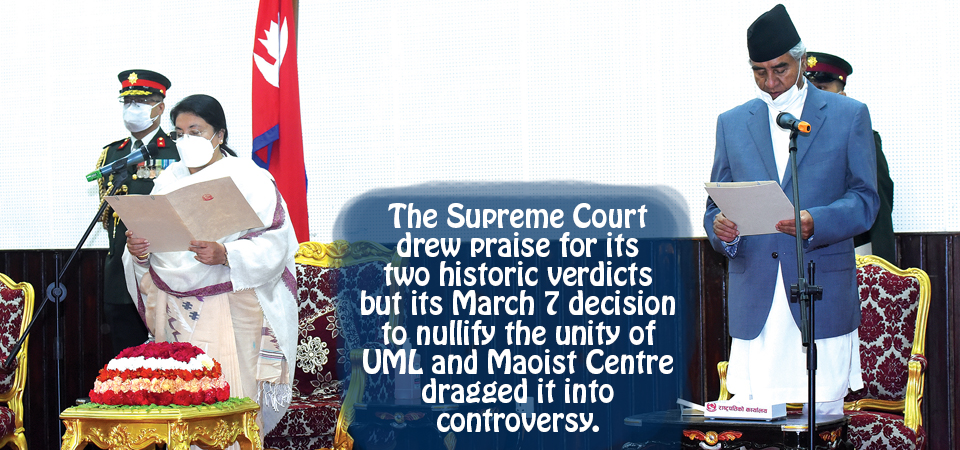
Ritu Raj Subedi
Nepalis bade adieu to the year 2021 as annus horribilis as the year was marked by political mess, pandemic, pollution and natural disasters. Nepali people demonstrated greater patience and remarkable resilience to overcome human or nature-made crises. The first six months were plagued by political turmoil following the dissolution of the House of Representatives (HoR). On December 22, 2020, former prime minister and CPN-UML chair KP Sharma Oli dissolved the Lower House in a fit of anger after he failed to manage the raging intra-party conflict. His unconstitutional move did not only fuel confusion, street agitations, and splits and realignment of parties but also threatened to upend the federal republican order.
Much of the energy of political parties, legal fraternity, media and civil society was spent on protecting the sovereignty of the parliament, the ultimate bastion of democracy. On February 23, 2021, the Supreme Court reinstated the HoR but political uncertainty continued to loom owing to the composition of parliament and nasty bickering within the NCP. Amidst deepening deadlock, Oli again dissolved the HoR on May 22 and announced mid-term polls for November 12 and 19. President Bidya Devi Bhandari endorsed Oli’s recommendation of House dissolution, arguing the claims of incumbent PM Oli and opposition leader Sher Bahadur Deuba to the highest executive post were insufficient.

Historic SC Verdict
However, on July 12, the Supreme Court, in yet another historic verdict, reinstated the HoR and ordered the President to appoint Deuba as the new prime minister within 24 hours as per Article 76 (5) of the constitution. The next day the President appointed Deuba as the new Prime Minister in line with the SC verdict that brought the democratic course back on track and effectively put curbs on Oli’s authoritarian impulses. It was a triumph of constitutionalism and the independence of the judiciary.
The Supreme Court drew praise for its two historic verdicts but its March 7 decision to nullify the unity of UML and Maoist Centre dragged it into controversy.
It invalidated the NCP and recognised Rishi Kattel-led NCP, further complicating the internal dynamism within the UML. It gave Oli the upper hand and put senior leader Madhav Nepal and his faction at the receiving end. The conflict between Oli and Nepal reached the point of no return. Nepal finally decided to divorce Oli and formed CPN-Unified Socialist on August 18. Nepal, who defied the party whip and backed Deuba to become the PM, played his crucial role in saving parliament and the constitution. With over 30 lawmakers in federal parliament, it is now the fourth largest party.
Common Minimum Programme
For the fifth time, Deuba took the helm of the government with the support of five political parties – NC, CPN-Maoist Centre, CPN-Unified Socialist, Janata Samajbadi Party (JSP) and Rastriya Janamorcha Nepal. On August 8, the coalition unveiled the Common Minimum Programme (CMP) that identifies 11 areas of priority, including saving the lives of people from the pandemic, restoring people's faith in the supremacy of the constitution, ensuring rule of law and good governance, taking peace process to the logical conclusion, framing laws to implement federalism, securing high economic growth focusing on the production-oriented economy, providing package programmes for COVID-19 affected sectors, rehabilitating the people displaced by natural disasters and adopting the balanced foreign policy. Based on the concept of (CMP), a High-Level Joint Political Committee was formed under senior NC leader Ram Chandra Poudel to facilitate the works of government. The Alliance seeks to form similar committees at provincial and local levels while formulating 10-point work procedures for the purpose.
Vaccination Drive Intensified
With the government attaching top priority to vaccinating all citizens against the coronavirus disease, its threat has been largely subsided. Neighbouring and friendly nations, including India, China, the USA and Japan provided anti-COVID vaccines and medical goods to Nepal to fight the pandemic that claimed the lives of 11,588 people to date. Of the total population, 45.4 per cent got vaccinated with one dose and 33.7 per cent vaccinated fully. On January 27, the previous government launched the vaccination drive after India donated Covishield vaccines to Nepal. On March 29, China first donated 800,000 doses of vaccines developed by Sinopharm and continued to supply vaccines and medical materials to Nepal.
To prevent the spread of the virus, a prohibitory order was enforced in April 2021 and lifted in September 2021 after the decline in virus cases and fatalities. On July 31, the government recommended enforcing smart restrictions to contain the possible outbreak of the third wave of COVID-19. On August 1, it prepared a 100-day action plan to control the pandemic and prohibited mass gathering. It has urged people not to travel abroad unless there is urgency. On December 6, Omicron cases were detected for the first time in Nepal. The government has adopted precautionary measures and intensified vaccination drives to tame the new variant of the virus.
Monsoon Shatters Melamchi Pipedream
On March 28, Kathmandu’s denizens heard the good news. The water from the pristine Melamchi River began to flow into their taps 19 years after the start of the Melamchi Water Supply Project (MWSP). But their pipe dream was shattered on June 16 when floods, triggered by an incessant rain of a couple of days, caused massive damage to the project. The flood coursed through the Melamchi Bazaar of Sindhupalchok district, killing scores of people and destroying many houses and bridges. Again on August 1, the Melamchi flood swept away 17 houses and a bridge in Helambu and Melamchi markets.
In the third week of October, the country witnessed unseasonal torrential rains that caused floods, landslides and inundation, killing 88 people with 27 missings. Ripe paddy crops worth Rs 7.2 billion were destroyed in the post-monsoon havoc. Before the start of the monsoon, floods and landslides swept away houses and people in Melamchi Gorkha, Bajura and Manang. The post-monsoon extreme rainfall has been attributed to climate change that has increased temperature at a rate of 0.6 degrees Celsius per decade in Nepal, leading to the melting of the snow-capped mountains and rapid depletion of the water resources and biodiversity.
Smog Blankets Capital City
On March 29, Nepal suffered the worst air pollution in history, with the capital city becoming the world’s most polluted city. Its Real-Time Air Quality Index (AQI) crossed 400, as recorded by the Department of Environment under the Ministry of Forest and Environment.
This AQI is 15 times higher than the WHO-set standards. P eople especially in the Valley complained of burning eyes and nose, itchy throat and respiratory problems. The government decided to shut all educational institutions for four days to protect children from air pollution.
(The writer is the Deputy Executive Editor of this daily)
Recent News

Do not make expressions casting dout on election: EC
14 Apr, 2022
CM Bhatta says may New Year 2079 BS inspire positive thinking
14 Apr, 2022
Three new cases, 44 recoveries in 24 hours
14 Apr, 2022
689 climbers of 84 teams so far acquire permits for climbing various peaks this spring season
14 Apr, 2022
How the rising cost of living crisis is impacting Nepal
14 Apr, 2022
US military confirms an interstellar meteor collided with Earth
14 Apr, 2022
Valneva Covid vaccine approved for use in UK
14 Apr, 2022
Chair Prachanda highlights need of unity among Maoist, Communist forces
14 Apr, 2022
Ranbir Kapoor and Alia Bhatt: Bollywood toasts star couple on wedding
14 Apr, 2022
President Bhandari confers decorations (Photo Feature)
14 Apr, 2022
